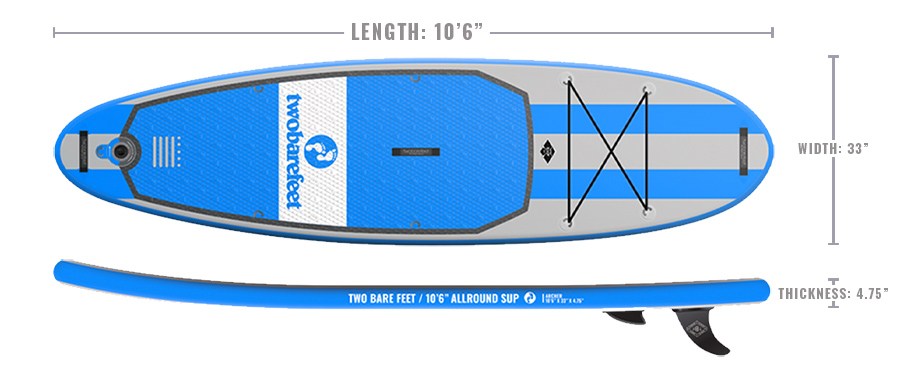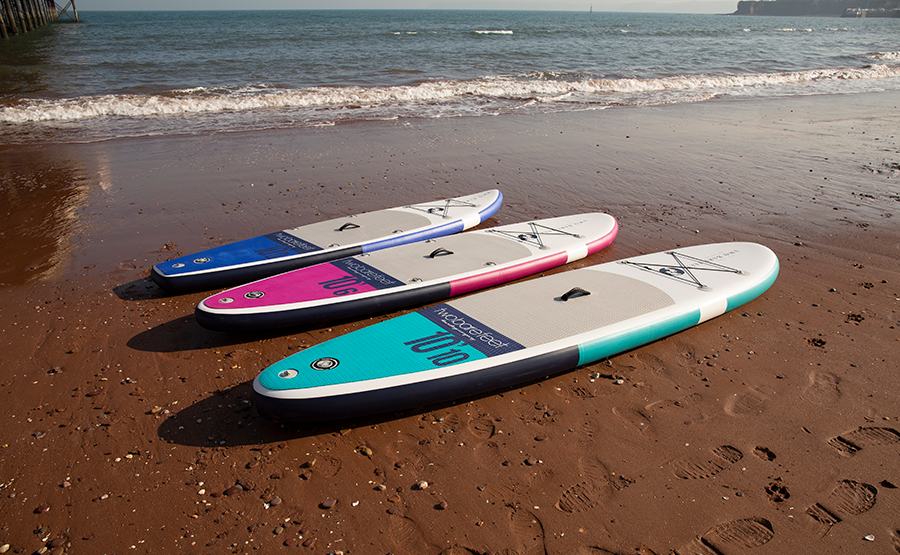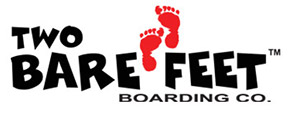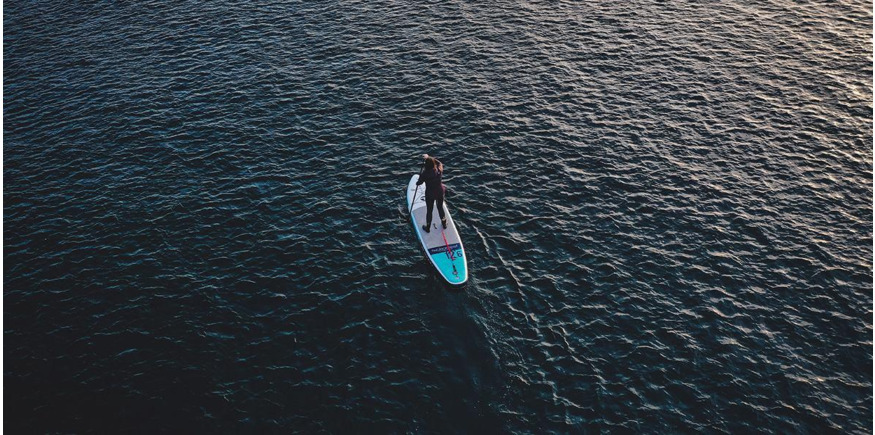This is one our most commonly asked questions from customers who are either just getting into the sport of stand-up paddleboarding, or those who are looking to buy a high-quality inflatable board after being mis-sold a cheap iSUP the first time around.
Choosing the right stand up paddleboard depends on a number of different factors: you’ll have to take into account your weight, experience, if you want to carry cargo or passengers, the locations where you’ll be using your board the most, and also the type of paddling you’d like to get into.
Paddleboard sizes
First though, it’s important to understand the different size options available to you. When looking for a stand-up paddleboard, you’ll encounter a combination of three different measurements: length, width and thickness. The combination of these dimensions will greatly affect the performance of a paddleboard.
Length
Affects the speed, glide, control and agility of your SUP.
Width
Affects how stable your SUP will be, its manoeuvrability, speed and glide.
Thickness
Affects buoyancy (a thicker board can greatly increase the overall volume) as well as stability and load-bearing capabilities.
All three of these measurements combine to make up the volume of the board. The greater the volume, the greater the weight that it can carry.

The right size SUP for your weight
All Two Bare Feet boards have recommended payloads and maximum payloads included in their descriptions.
The payload is the combined weight of everything on the board. When making your decision, it’s not only important to think about your weight, but whether you are likely to be carrying any heavy cargo. For example, if you are planning a long-distance paddle, you may want to take food and supplies.
Some paddlers even use boards to go on extended camping trips. For example, during our Wye 100 expedition, two friends of Two Bare Feet undertook a 100-mile paddle during which they carried all supplies and camping gear on their boards.
It’s also worth considering whether you will be sharing your board or taking passengers at any point. Many SUP users take children on the front of their boards where they can comfortably sit and enjoy the ride. Often those boards are used by children or other family members who want to have a go at paddling during a day at the beach.
Here at Two Bare Feet we manufacture all our board models in three different sizes, meaning you can always find one to suit you and your family.
SUP discipline and paddling locations
Two important factors to think about when buying a SUP are:
i. where you’re most likely to be paddling, and
ii. the type of paddling you want to do, which often informs that choice of location.
You can buy a board for all-round paddling, surfing, touring or racing.
The most popular option is the all-round SUP, which is why we have an extensive range of allround boards at Two Bare Feet. These are suitable for use on lakes, rivers, canals and in the ocean. It’s possible to surf, tour or race on them, however, they obviously can’t compete with boards that are designed specifically for those things.

Surf SUPs are much smaller and designed only for use in waves or white water. These are often bought by experienced paddlers who’d like a second board just for surfing. Due to their narrower nose and tail, and much shorter length, they are more difficult to paddle on flat water but make paddling around a line up much easier as you are more agile and have better acceleration.
If you want to travel extensive distances on your board and really explore, whether that be on lakes, rivers or the ocean, then a touring board is for you. These are much longer and designed to cover the miles with ease, while allowing plenty of room for cargo and supplies.
Racing boards are simply for racing – that’s that. Again, these are often a second board for experienced paddlers who want to partake in races or just practise paddling fast across fixed distances.
Your level of paddleboarding experience
It’s vital to be realistic about your paddleboarding experience and general sporting ability. The last thing you want to do is buy a board that is beyond your level and not be able to stay balanced while standing on it or struggle to paddle properly.
Keep in mind that a bigger board is much more forgiving but also more limited in terms of what you can do with it as your skill level progresses. Think about whether you are buying a board for leisurely paddles and relaxation, or if you really want to reach an advanced level where you can push yourself and learn new skills.
At Two Bare Feet, we have years of experience both in manufacturing paddleboards and paddling ourselves, so should you need to talk through your options and go over your experience please don’t hesitate to contact us. Also, take a look at our SUP blog posts for any inspiration or advice!
Cover image by Pete Short




